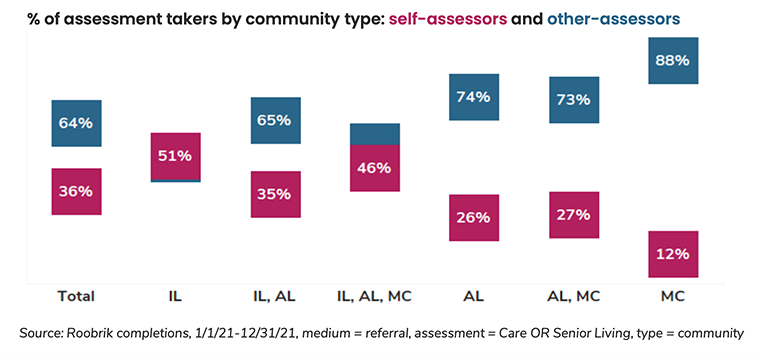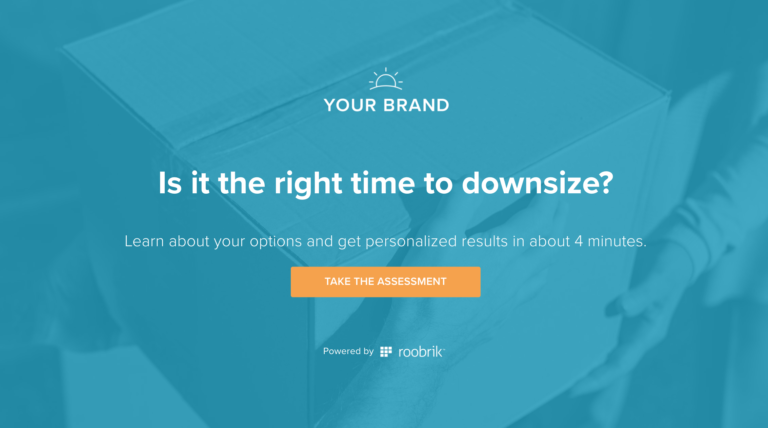Anatomy of our Assessment: Let’s Talk
This feature is a question-by-question analysis of our “Is it time to get help?” assessment, and how it translates to helping families move forward and make deeper connections with our clients. For more, check out “23 Questions: The Science Behind the Survey” and “Anatomy of our Assessment: Getting Personal.”
In our last post in this series, we talked about how the opening question (Question Zero) uses personalization to build trust and encourage empathy. In Question One below, you can see immediately how that gets folded in to the rest of the assessment experience.

Instead of talking about a “loved one” or another general term, we’re able to ask about “her” living situation (for people who’ve selected their mom, wife, grandmother, or sister). This may seem like a small and subtle detail, but it’s one that can have a tremendous impact on engagement and empowerment. We find that many people fear being “just a number” when they leave their home to enter a residential care setting. Small details like this humanize what can be a scary and uncertain experience, and they help our clients reinforce their person-first philosophy even in the earliest interactions.
You’ll also note that the tone is friendly and conversational. Natural language and colloquial expressions have been shown to increase engagement and comfort. Many assessments (especially clinical assessments) default to overly formal language, or language that’s clear and meaningful to professionals but not for most laypeople. Consider the alternative: “Where does your loved one currently reside?” This is not bad but, like most surveys and assessments, it misses a huge opportunity to do so much more.
Finally, the question itself sets the stage for us to talk about “what’s your situation today?” Families researching senior care get used to telling their (often difficult) story over and over. The Roobrik assessment is designed to prompt them with expected questions, questions that ease their burden, and can even alleviate guilt. “Let’s get a handle on where you are today” sets a great tone for what our clients want to ask next, “Let’s see what we can do to help!”





